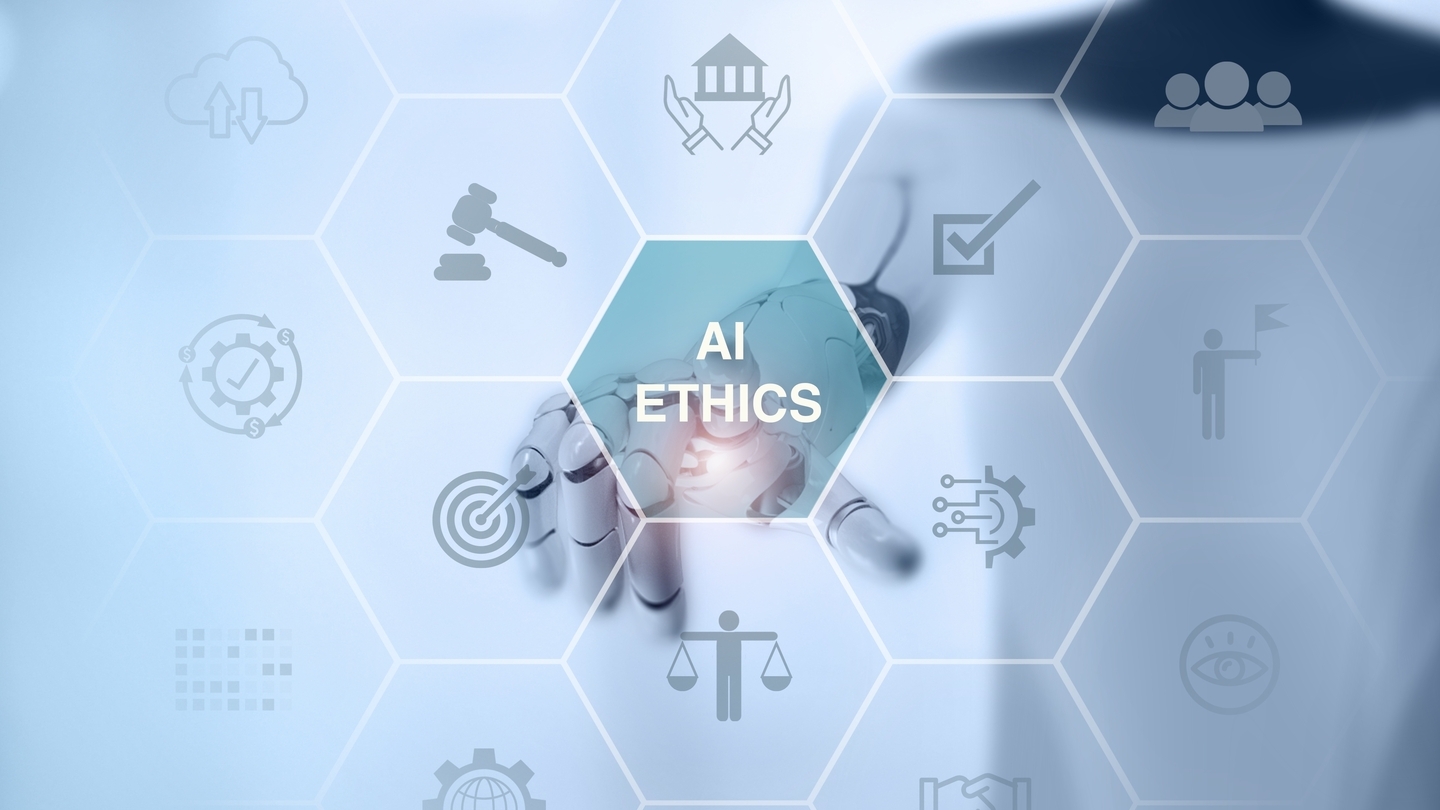Esports production shares many qualities with live sports, but sound engineering is a whole new game. IBC365 explores the complexities of controlling who hears what in a crucible of noise.
Sound has always played a major part in the gaming experience. Gunshots, revving engines and screeching tyres are the obvious aural signatures of shoot-’em-ups and auto-based games but supporting these are subtler backgrounds and atmospheres that help create the various environments in which players find themselves. All this carries over to the large-scale, multi-player, arena-based world of esports, but the live, professional nature of this increasingly popular form of game-playing calls for specific audio techniques that set it apart from its home counterpart.
The main difference is the scale, with the games taking place in an arena and involving a large number of people, all of whom need to hear what is going on. Cameron O’Neill, Country Manager for broadcast facilities company NEP Japan, divides those involved into three categories: the sports group, comprising the competitors and their support teams (coaches and backup players) plus the referees ensuring everyone plays by the rules; the audience, live production teams and the announcers/commentators, known in esports as ‘shoutcasters’; and the broadcast and streaming crews producing coverage of the events...
You are not signed in.
Only registered users can view this article.

Finding our ethical true north on AI: Part II
Part two of our insight into AI ethics and regulation continues with observations on industry efforts around standards and best practices, and why human impact should be the guiding force. James McKeown reports.
/Source - shutterstock_2464837145 (1).jpg)
Digital Catapult: AI innovations to supercharge the creative industries
Accelerated VFX workflows, video game characters you can converse with, and auto-generated visual experiences from sound for XR headsets are just some of the AI innovations devised by start-ups as part of a recent Digital Catapult programme. Adrian Pennington reports.
.jpg)
Neural Radiance Fields – A new approach to 3D modelling
From the chemical, mechanical and electrical process of creating a film, to the rise of virtual production, visual storytelling has always turned to cutting-edge technologies. Now Neural Radiance Fields (NeRF) could replace the traditional technological foundations that broadcasting and film are built upon. IBC365 speaks to leading researcher, Professor Ravi Ramamoorthi.
.jpg)
Future predictions – Part II: Leaders and analysts
The coming year hints at big changes in focus and innovations for the media and entertainment world. With giant leaps in AI advancements, streamlining production and the road ahead for ad-tech, how can vendors meet the demands of the hungry yet cost-conscious consumer, whilst staying ahead of the game? John Maxwell Hobbs gathers more expert insight from leaders and analysts in the second part of our future predictions series.

Future predictions – Part I: Broadcasters and suppliers
As we wrap up 2024, it’s time to consider what lies ahead for the media industry in 2025. John Maxwell Hobbs probed industry executives to share their crystal ball predictions on themes spanning the impact of AI, the transition from hardware to software-based solutions, data security and ways of reaching new audiences.





